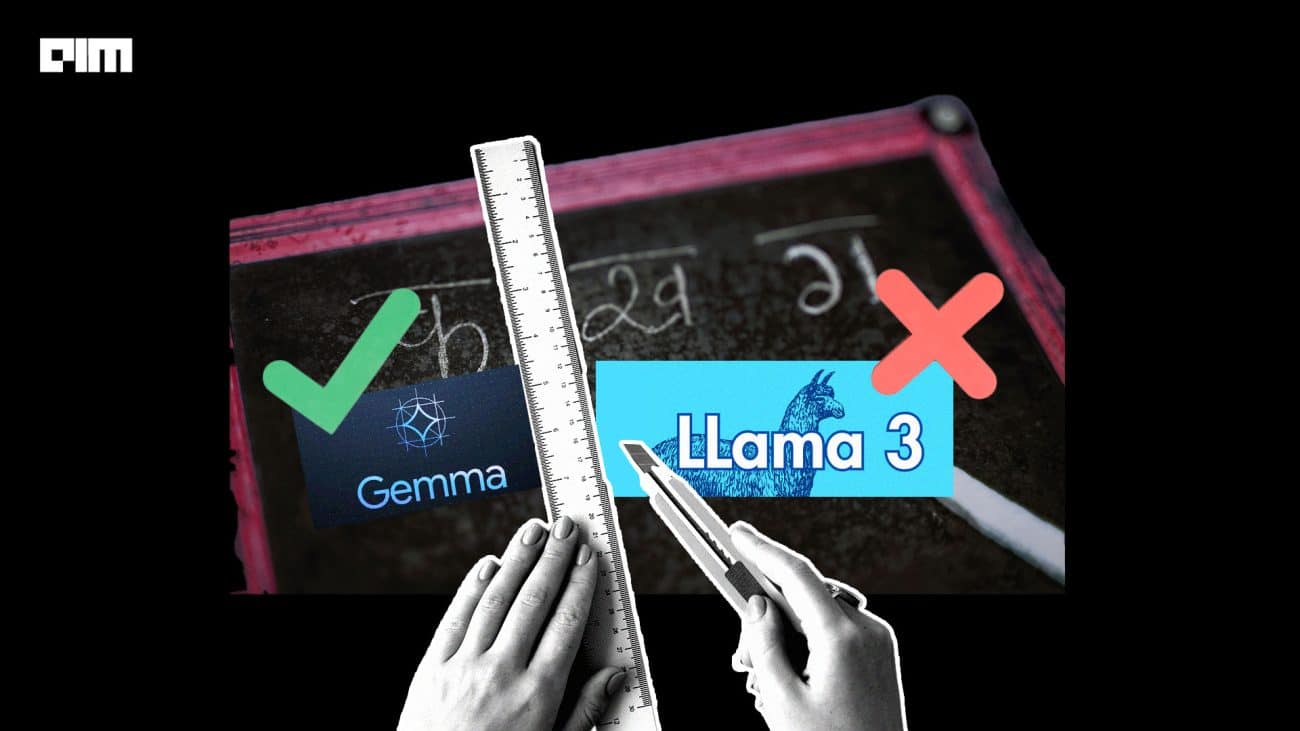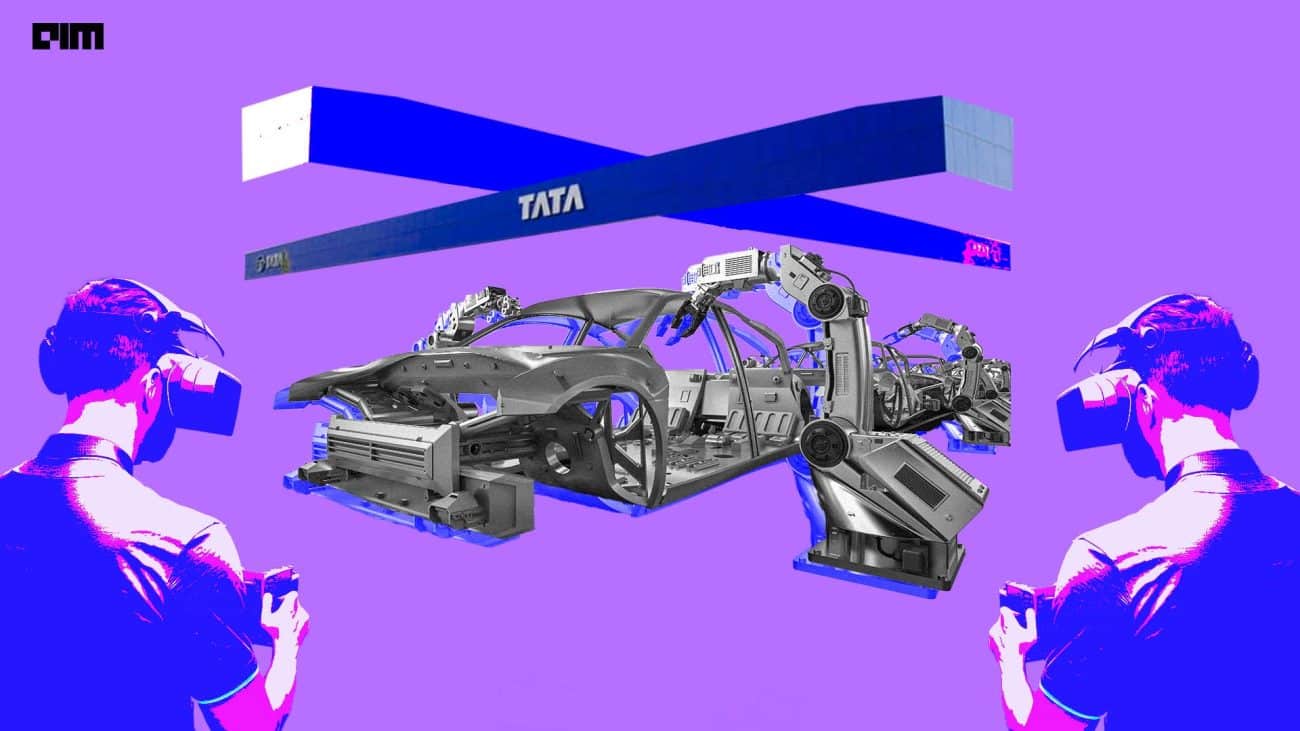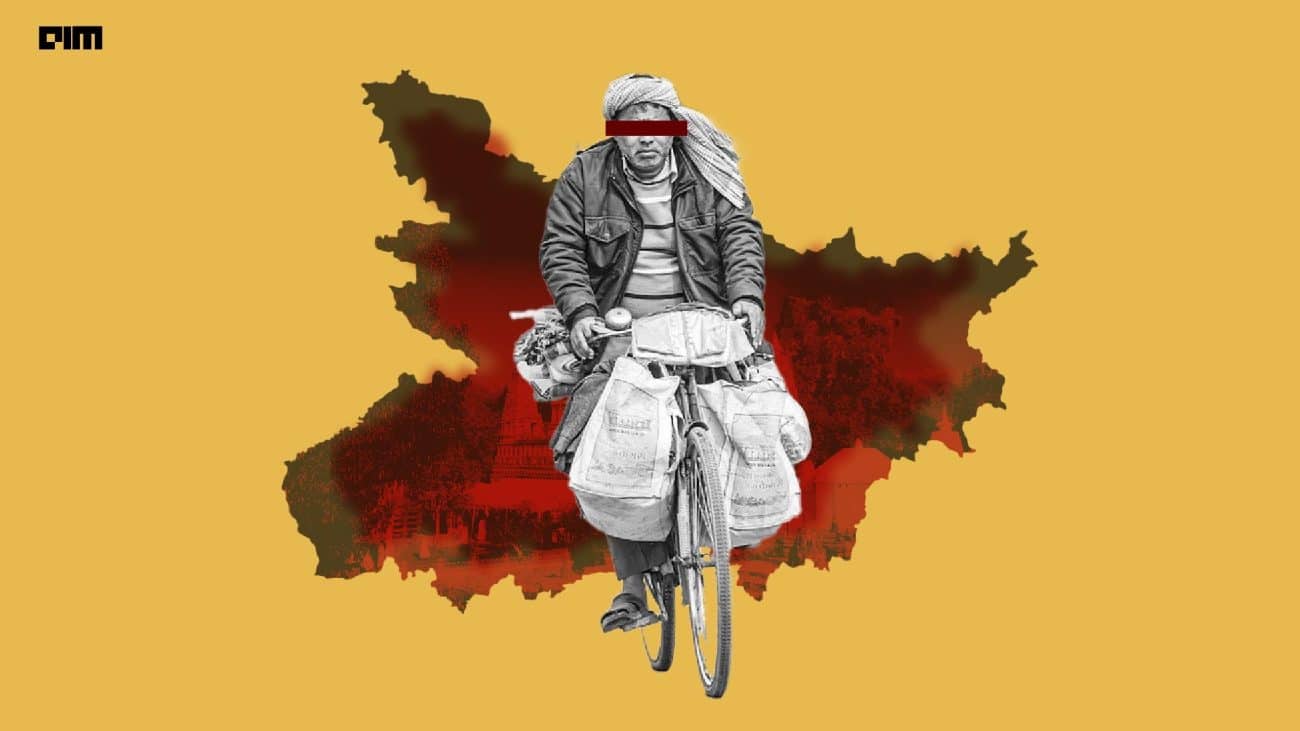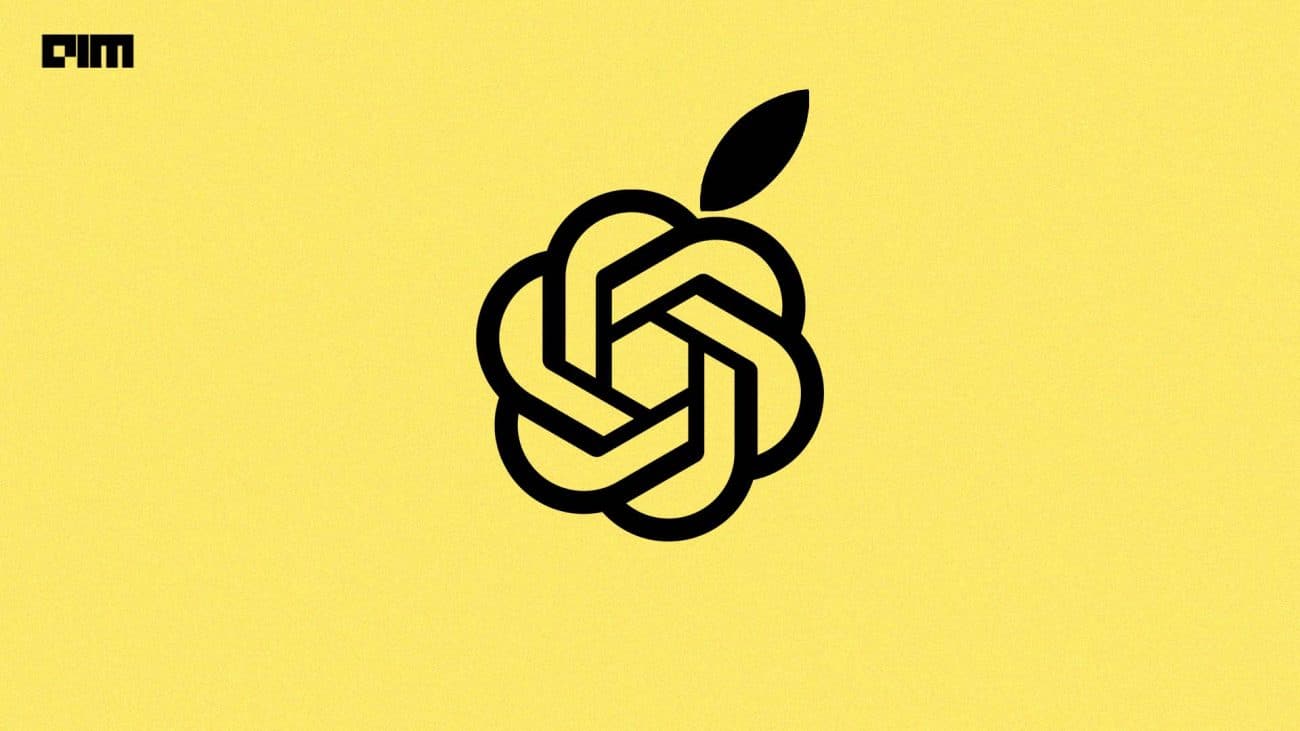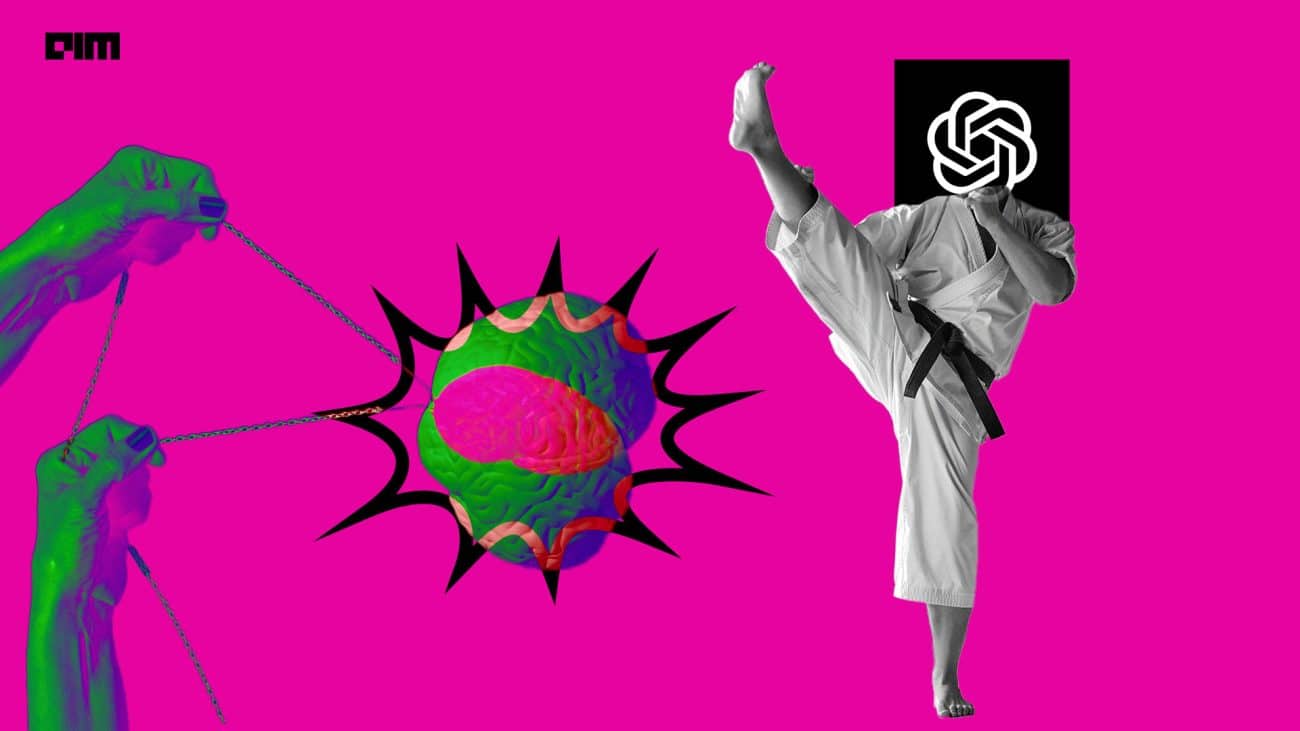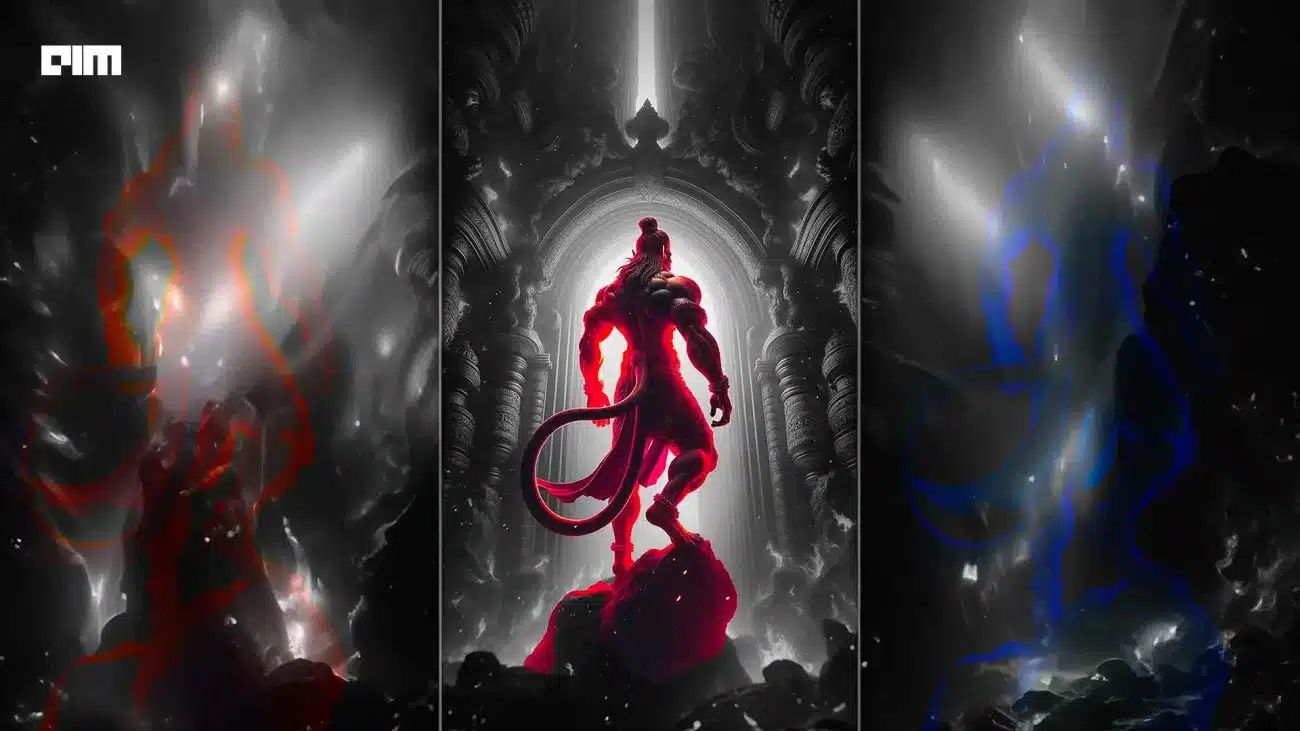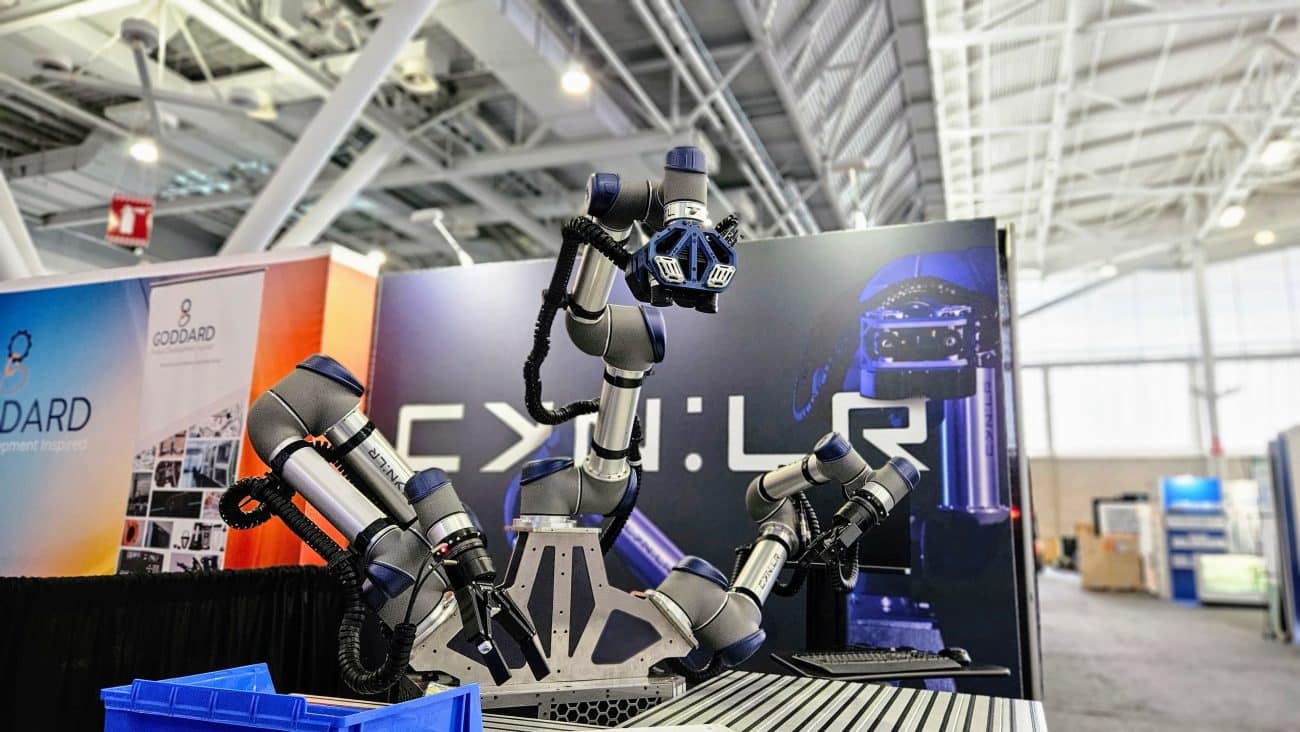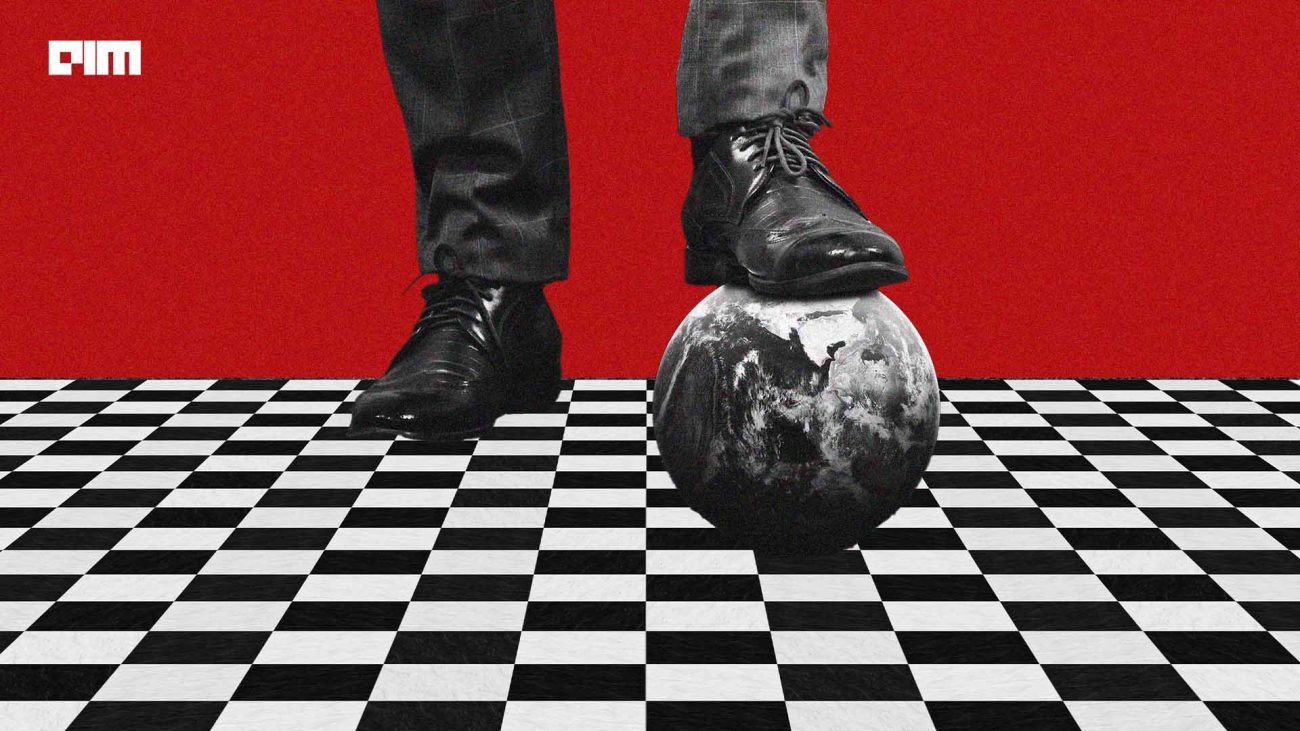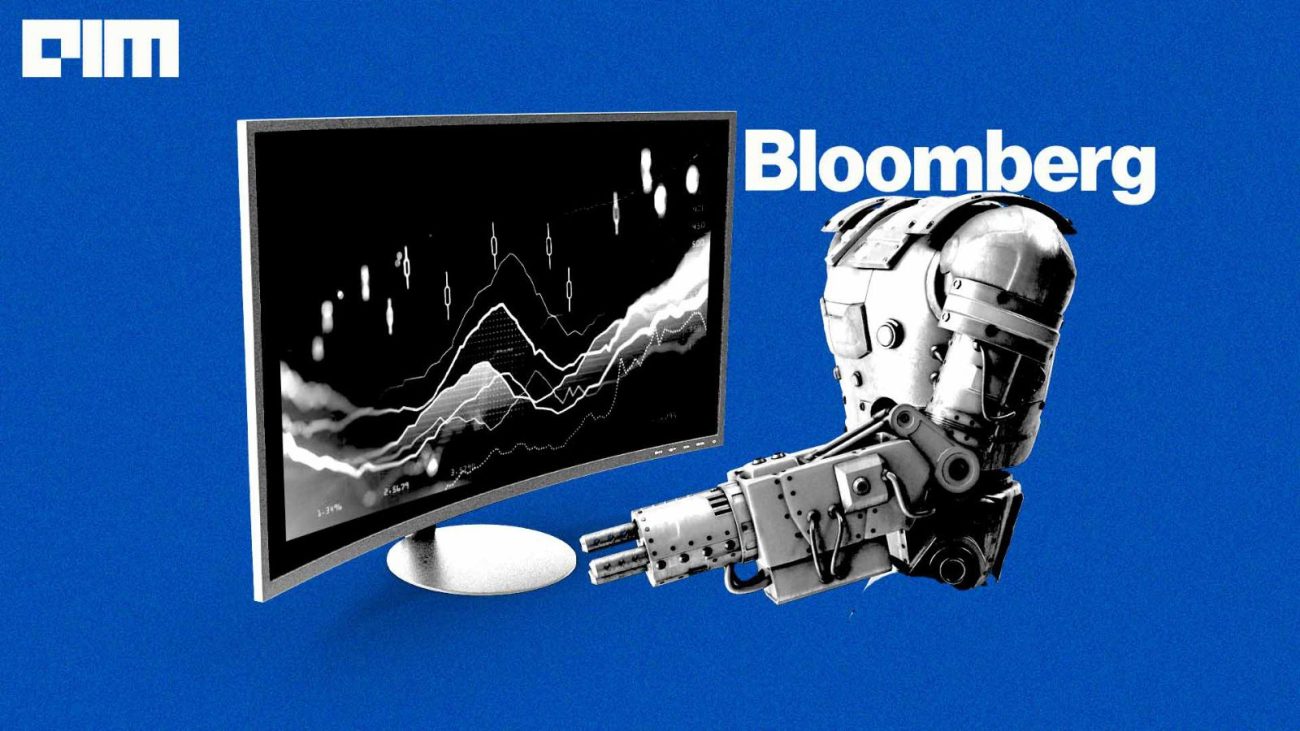In computer vision systems, semantic segmentation is a difficult problem. To address this issue, a variety of technologies have been developed, including autonomous cars, human-computer interfaces, robots, medical research, agriculture, and so on. Many of these strategies are based on the deep learning paradigm, which has been demonstrated to be quite effective.
In the grand scheme of things, semantic segmentation is one of the high-level tasks that leads to comprehensive scene comprehension. The fact that an expanding number of applications rely on inferring knowledge from pictures emphasizes the relevance of scene understanding as a key computer vision problem.
Before we get into the meat of the matter, let’s define semantic segmentation.
Semantic segmentation aims to group pixels in a meaningful way. Pixels belonging to a road, people, cars, or trees, for example, must be grouped separately. As a consequence, semantic segmentation does pixel-by-pixel classification, such as detecting whether a pixel belongs to a pedestrian, a car, or a traversable road.
Image segmentation datasets
To improve and become more trustworthy, machine learning (ML) and computer vision models must be exposed to a vast amount of training data. It’s not always practical, viable, or cost-effective to annotate hundreds of thousands of images by oneself or with a team. Furthermore, you will almost definitely have to retrain the model if its performance does not satisfy the project’s requirements.
In such a case, you could need extra training and testing data, and you’ll need to outsource a professional business to help you with that and Anolytics.ai can offer these services with low cost and high quality. Apart from this, Cogito is also a well-known data labeling company that specializes in image annotation for AI and machine learning applications utilizing semantic segmentation.
Semantic segmentation of popular structures
Following their enormous success in the “ImageNet” competition, the CV community steadily developed applications for deep convolutional neural networks on increasingly challenging tasks, such as object identification, semantic segmentation, keypoint detection, panoptic segmentation, and so on.
A slight adjustment to the state-of-the-art (SOTA) classification models kicked off the evolution of semantic segmentation networks. The traditional fully connected layers at the end of these networks were replaced with 1×1 convolutional layers, and a transposed convolution (interpolation followed by a convolution) was added as the last layer to project back to the original input size.
These fundamental fully convolutional networks were the first effective semantic segmentation networks (FCNs). U-Net made the next great step forward by incorporating encoder-decoder topologies with residual connections, which resulted in finer-grained and sharper segmentation maps. These major architectural notions were followed by a flood of minor changes, resulting in a bewildering number of structures, each with its own set of benefits and drawbacks.
The most critical points to remember
Semantic segmentation takes it a step further by grouping picture segments that are representative of the same object class. As a consequence, the image is divided into several sections, allowing machine learning models to interpret and anticipate the input data more accurately. We hope that this essay has provided you with a better understanding of the topic. Please do not hesitate to contact us if you require any extra information at any stage during the annotating process.
Recommendations
Manual semantic segmentation can be done with a brush or a polygon. Some programs include a variety of choices for changing the brush’s shape and size to speed up the process, however, polygons are frequently employed to achieve better precision.
When knowing how many units of a certain item are present is critical, instance (or “instance-aware”) segmentation may be better. The same panoptic segmentation approach is used, but each instance has its own class and colour.
To make segmentation of neighbouring things easier, several tools allow you to draw on top of or below existing masks. This prevents any pixels from being lost in the transition and makes designing the second mask a breeze.













